Food Halls Thrive as Retail Industry Evolves
The community food hall concept has grown nationwide—even as conventional food courts have faltered—largely due to the emerging use of shipping containers. Here's how, according to urban design firm Studio One Eleven's Michael Bohn.
By Michael Bohn
 Containerization originated several centuries ago but was not well-developed or widely applied until after World War II. This is when the standardization of steel shipping containers for intermodal transport evolved, dramatically reducing the cost of goods and movement costs and supporting the post-war boom in international trade. During this same time, shopping habits in the United States were also evolving. Immediately after World War II, shopping, dining and entertainment typically occurred on main streets and downtowns that served everyday consumer needs. These traditional shopping venues lost their allure with changing demographics, suburbanization, and the advent of the mall and later the food court (first introduced in 1974), which encouraged customers to stay longer, with the hope of ultimately purchasing more merchandise.
Containerization originated several centuries ago but was not well-developed or widely applied until after World War II. This is when the standardization of steel shipping containers for intermodal transport evolved, dramatically reducing the cost of goods and movement costs and supporting the post-war boom in international trade. During this same time, shopping habits in the United States were also evolving. Immediately after World War II, shopping, dining and entertainment typically occurred on main streets and downtowns that served everyday consumer needs. These traditional shopping venues lost their allure with changing demographics, suburbanization, and the advent of the mall and later the food court (first introduced in 1974), which encouraged customers to stay longer, with the hope of ultimately purchasing more merchandise.
However, over the last 15 years, the allure of the mall has been fading. Many can no longer find anchor or inline tenant replacements as many retailers close. This is due to the increase of online shopping and the growing interest in local, independent and crafted products. With the decline of malls has also come the decline of food courts as a key national development. This can be seen both in the renewal of historic markets (Reading Terminal in Philadelphia, Grand Central Market in DTLA, and Pike Place Market in Seattle) and in the opening of new facilities such as Eataly in West Los Angeles and the Packing House, 4th Street Market and Pacific City in Orange County.
A New Building Trend
Food halls have thrived even as conventional mall food courts with generic national brands have faltered because of their response to the fundamental shift in how consumers — particularly millennial consumers— eat, drink and gather. The food hall, unlike the food court, offers visitors a unique experience that cannot be found anywhere else. With the success of large market halls in affluent urban areas, a smaller community-scaled food hall is evolving and finding relevance in overlooked neighborhoods, sometimes considered both food and beverage “deserts.” To build these structures affordably, developers have been using shipping containers as a permanent building material—a trend that has spread nationwide for residential and commercial applications. With a decades-long trade imbalance, Southern California has become a convenient storage yard for shipping containers, opening up a new opportunity for the Architecture, Engineering and Construction (AEC) industries. This new building trend has brought with it a second life for shipping containers, utilizing them to house these small-scale food venues at an affordable rate, costing only $2,500-$3,000 per container. Though containers are by no means new to the public, their cost, speed to assemble, acceptance by building officials and flexibility continue to make them attractive alternatives to conventional construction.
Architecture and urban design firm, Studio One Eleven, has played a major role in several recent community-scaled food and beverage halls, embracing shipping containers to help enhance and craft memorable spaces where communities can come together to eat, drink and gather.
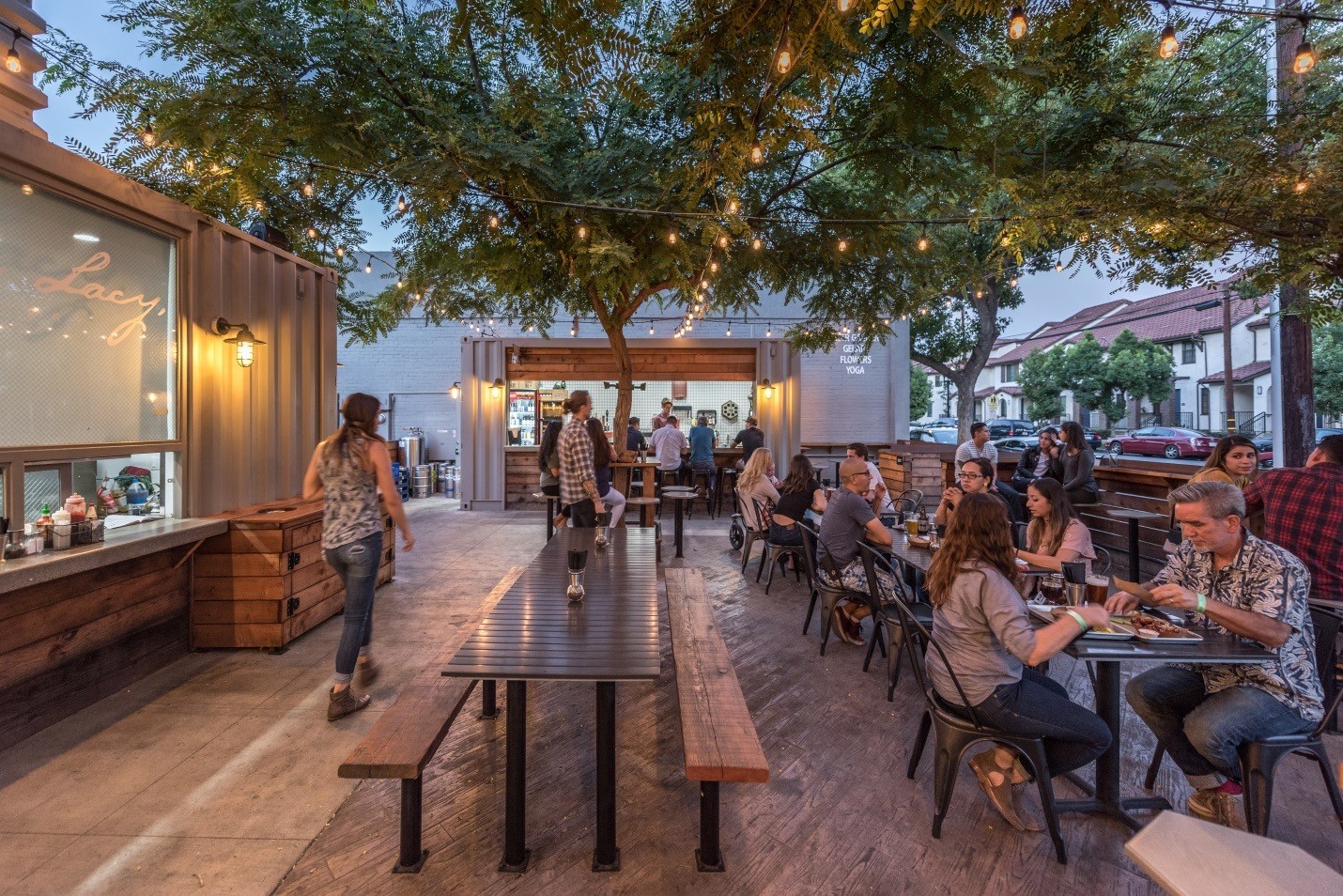
The Roost, Downtown Santa Ana, Calif. Photo courtesy of Studio One Eleven
The Roost, a collection of pre-war buildings, an abandoned filling station, barn and duplex, was renovated in late 2015 into an eclectic mix of shops, hospitality and housing. The Roost features a dynamic mix of structures, including three repurposed shipping containers, a renovated craftsman bungalow duplex, a 1920s commercial building and a reinvented two-story barn. Shipping containers are used to serve as a bar and restaurant for Knife & Glass and are artfully arranged, creating a central beer garden and outdoor dining experience. The Roost is considered to be one of the first shipping container projects in Orange County and attracts locals, as well as visitors from across the region, serving as a public living room for the vibrant Santa Ana community.
(See a slideshow of other recent shipping container developments designed by Studio One Eleven above. All photos courtesy of Studio One Eleven.)
All of these community-scaled food halls share similar characteristics, including the incorporation of shipping containers to help define spaces with an emphasis on food and beverage. A curated mix of food vendors includes independent owner/operators that prioritize authenticity, creativity and quality with a wide variety of choice among food options. Common areas are informal but thoughtfully designed and include innovative and flexible seating arrangements to accommodate dogs and children. The space offers many free amenities valued by users including Wi-Fi, performance/event spaces, public programming and community initiatives that may include sustainability and the arts.
The community food hall experience is social as well as culinary: evolving, unlike conventional mall food courts. Many of these projects also focus on assisting new restaurant entrepreneurs to set down their roots in a supportive environment. These projects are great examples for cities with traditional downtowns or main streets clamoring for a community food hall experience to help activate the area, increase tax revenue and create a sense of place. Half a century ago, locally-grown items were easily available to communities but declined due to the disruption of malls and food courts. However, new, unique and many times local food and beverage options are coming back full circle thanks to the use of shipping containers, which energize these traditional shopping locations.
Michael Bohn is a senior principal at architecture and urban design firm, Studio One Eleven, and has led the development of these community-scaled food halls within Southern California.

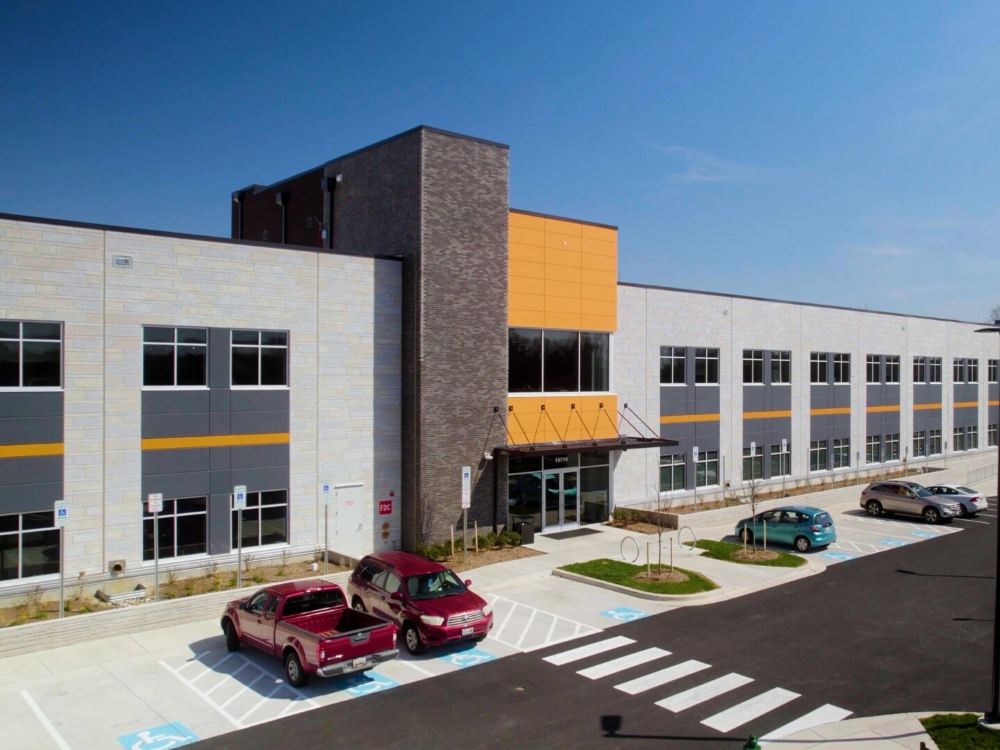

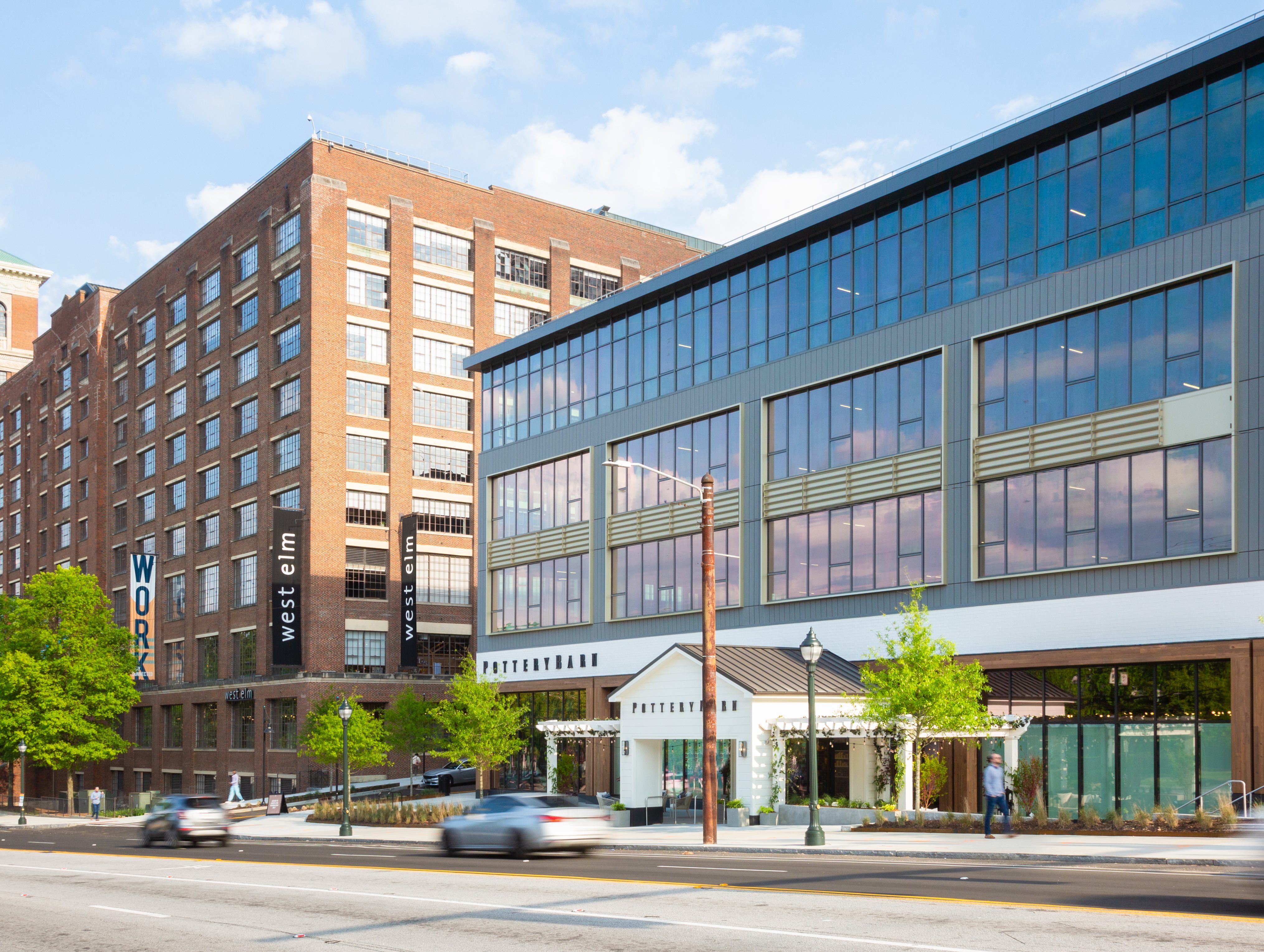
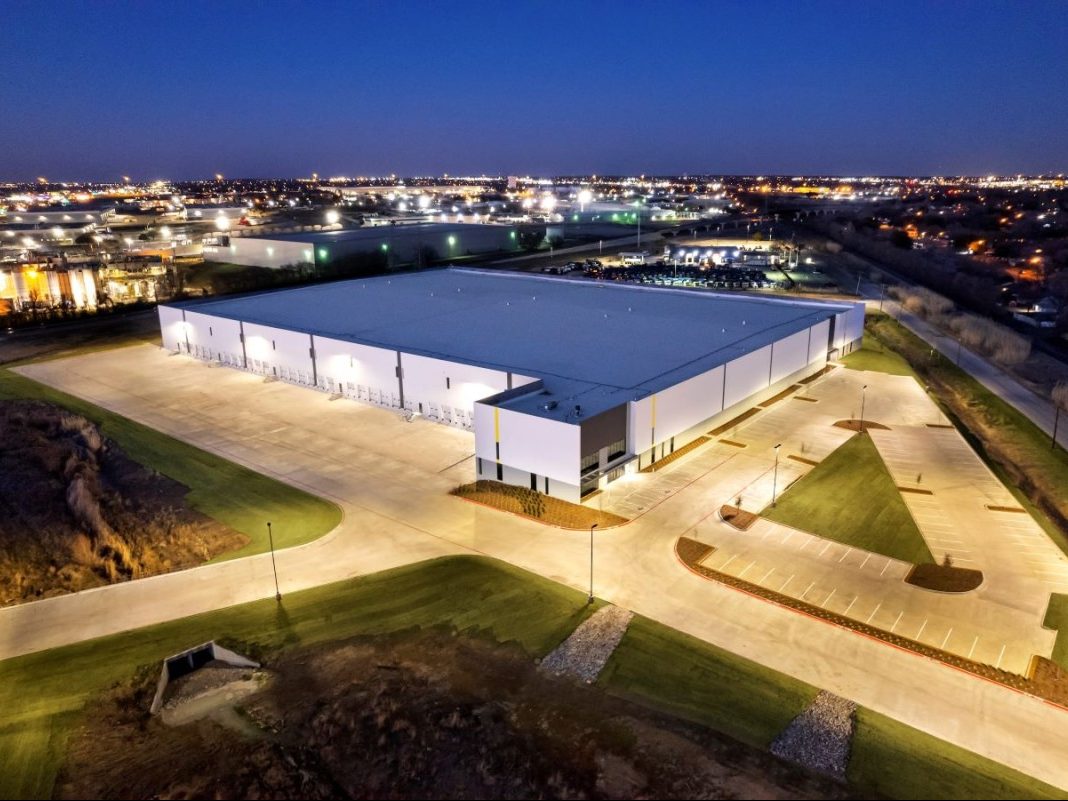
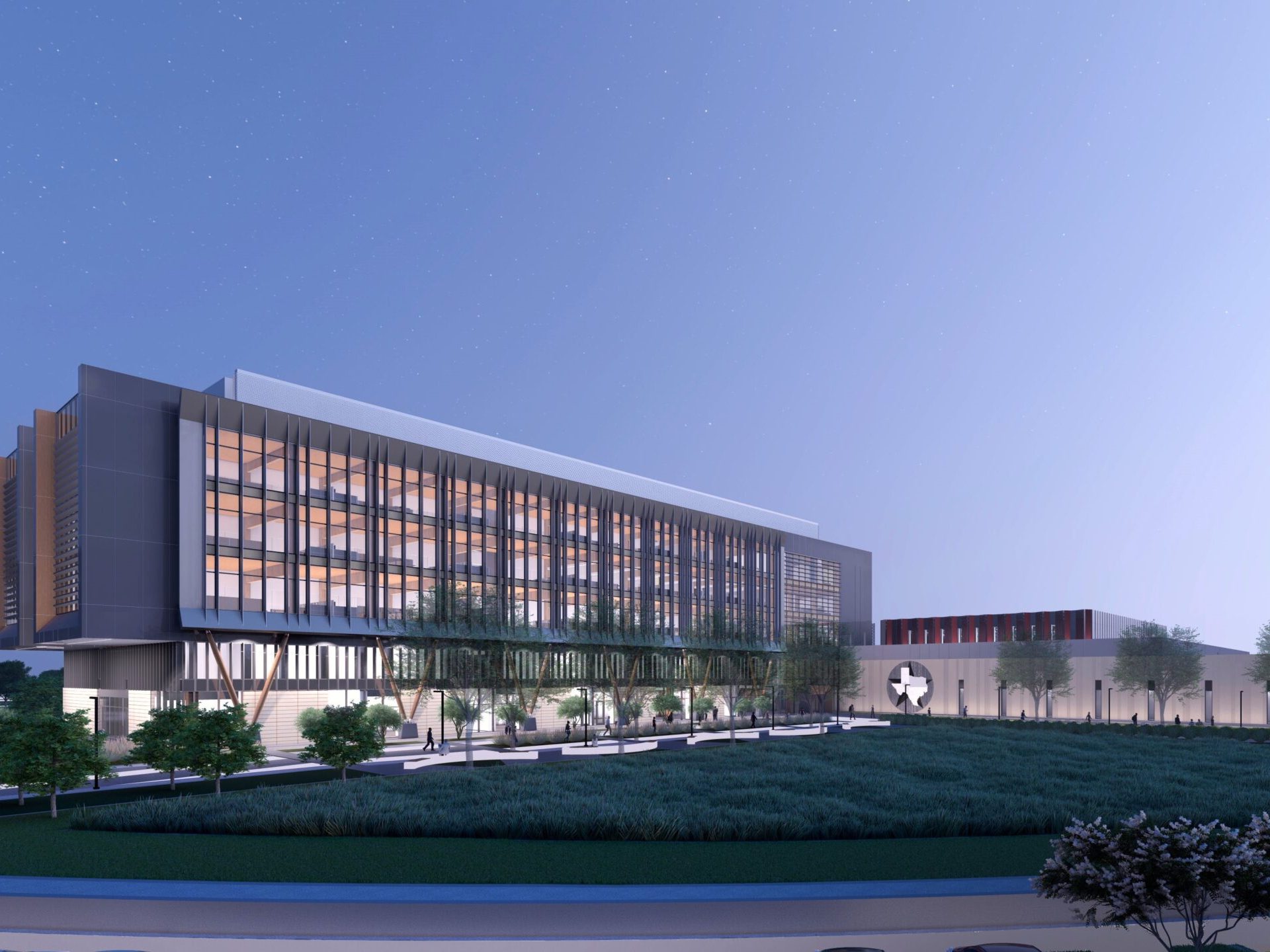
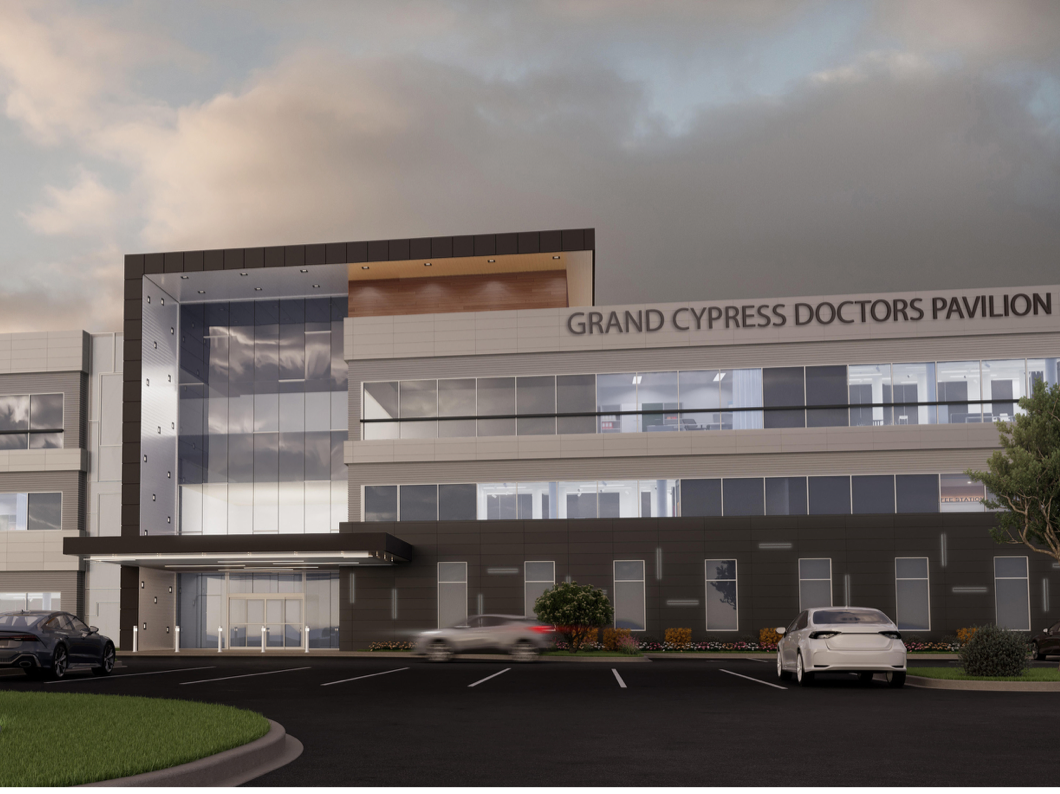
You must be logged in to post a comment.